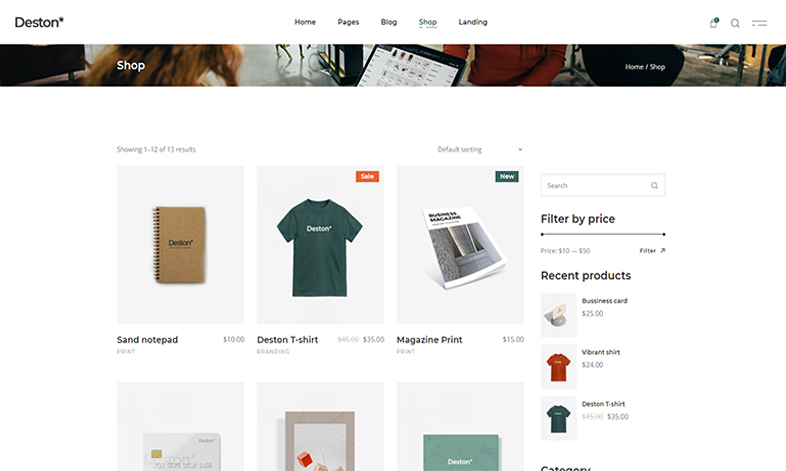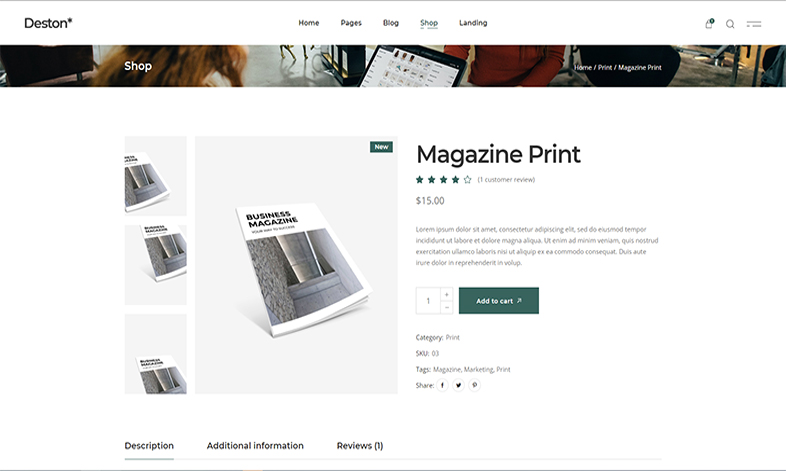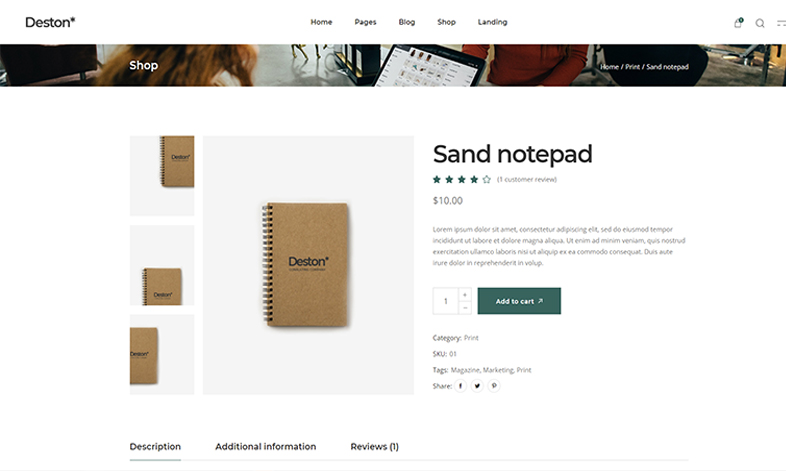



-
SELF-STUDY PEDAGOGY
Tell Me
What do I need to know?
Bite-sized content that introduces theories and concepts. These sections are used to introduce key constructs, theories, and ideas with brief but pertinent explanations that learners can relate to and written in an appealing style that they can relate to. Where applicable differing theories should be included so that learners can compare and contrast theories/models and evaluate them in the context of the skills they exhibit/need to develop.
30%
-
SELF-STUDY PEDAGOGY
Show me
Can I have an example?
The use of practical/illustrative examples to underpin the concepts and theories presented. These are designed to show learners how the ideas presented are related to the real world and real-world examples. This could be in the form of visuals, case studies, or anecdotes. The key point is that whatever is used must kindle some form of emotion and realism. They must also be current and valid and appeal to an international audience.
50%
-
SELF-STUDY PEDAGOGY
Involve me
How is this relevant to me?
Application of the theories and concepts presented. These are designed to allow the learner to synthesize knowledge by getting them to do something that is relevant to them and that is directly applicable to their working role/environment. Some examples include reflective exercises, presenting them with a work-based scenario, and asking open-ended questions (e.g., how they go about performing a particular task, asking them how they would respond to a certain situation, case study analysis). This gives them the opportunity to challenge ideas.
60%
-
SELF-STUDY PEDAGOGY
Show me more
Where can I find out more?
Additional directed learning, so learners can find out more about the subject/subject areas.
70%
-
SELF-STUDY PEDAGOGY
Test Me
What have I learnt?
Self-assessment to check learning and understanding. This is used for students to check their understanding of each section. This could be in the form of word searches, games, missing words, quizzes, etc. Refer to the sample model for guidance.
90%
-
SELF-STUDY PEDAGOGY
Remind me
What have we covered?
Summary of all the key points and issues raised. This is the last thing that they will see, so it needs to be structured in a way that aids retention.
95%
-
SELF-STUDY PEDAGOGY
Feedback
How can I measure my learning?
Feedback relating to appropriate learning opportunities to reinforce and consolidate learning.
100%

FULLY ONLINE
Log in to
the eLearning platform
The video below will guide you on how to log in to the exclusive SIMI Swiss eLearning system, featuring bite-sized lectures designed for adult learning.
FULLY ONLINE
Learning with bite-sized
content
The lectures are divided into sections to help students gradually achieve the learning outcomes of each module. With a unique and exclusive pedagogy, students will progressively transform textbook knowledge into their own skills and competencies.


FULLY ONLINE
Timed Quizzes for
Micro-Credentials
At the end of each module, candidates will take an online test within 60 minutes. Upon completion, students are recognized for finishing the learning process and can proceed to the written final exam
FULLY ONLINE
Written Final Assignments
Depending on the program, in addition to timed quizzes, students are also required to complete written assignments that describe the application of their learned knowledge in real-world scenarios.

E-CAMPUS
Your Campus will never sleep!



Anytime
Anywhere
Focused
FULY ONLINE
Guaranteed Success On Time With Us
Fully Online
Reach Your Academic
Goals in Record Time
The Top-up Diploma program, combined with a Fully Online model, offers students the convenience of continuing their education without having to leave their current jobs.



